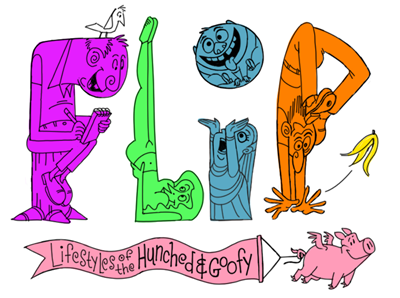 |
| The end of film? |
FLIP: Is it just us or do the recent crop of movies look like TV shows?
Barry: Definitely. The recent crop of movies do look like TV shows. The video "look" is because most features are now shot digitally rather than filmed. So the reason why most films look like video is because that is what they are - video.
FLIP? But why is the look so different?
The reason is that the shades of grey in video, which is technically called the dynamic range, are less than half of the subtle steps of light and dark of film. The result is much less depth, less subtlety.
There are also fewer pixels, or dots of light. And the way that these pixels display are uniform, rather than the organic grain of film. Most digital features have added "grain," to make it look more like film. If the grain isn't added digitally, the viewer would really notice its absence.
 |
| 1991 photo of a Rally driver showing film grain. Photo: RX Guru |
Barry: Editing digitally became much cheaper than first developing and processing, then cutting film. Later, film projects began to be scanned and digitized so that they could be edited on a computer. And, more recently, as digital cameras improved, even though they still didn't produce images that look as good as film, it became less expensive to use them instead of buying film stock and chemically processing the film.
In other words, economics trumped aesthetics. Like The Concorde has been replaced by the Airbus.
FLIP: So is film completely dead?
Barry: Not completely. Somewhere around 40% of features are still shot on film. Even some one-hour episodic TV shows are still filmed; Mad Men and Breaking Bad are among the 20% or so that still use actual film.
And effects shots often still use film, because of the strong resolution and clean edges.
A friend of mine runs the Cinematography Department at The London Film School, where they still shoot most projects on film. They process their film in Belgium. There are still 4 or 5 labs left in London.
Unfortunately, by the time everyone realizes that film is so much better than video, the supporting companies will have re-tooled or gone under.
FLIP: Is shooting on video just a commercial consideration or are there other factors?
Barry: There are some other considerations, besides cost, which appeal to people shooting digitally. For example, the cameras are lighter. Also, what you see on a calibrated digital monitor is what you get - you know exactly how it will turn out. These are big practical advantages.
FLIP: What do these changes mean for a cinematographer like you?
Barry: Well, on the positive side, as a cinematographer I do have more control over the image. But only if I see the project through to the end. On commercials, more and more often, I don't get to go to the color grade, so I become something of a pattern-cutter rather than a tailor.
But there are lots of new problems as well. The amount of cables spider-webbing the set, the amount of time I spend attempting to make video look more "filmic" - all this makes for interesting issues (adding grain, controlling shallow depth of field, lighting differently, pointing out make-up issues because everything is too clear, the list goes on, on, and on.)
FLIP: Will video ever give us back the grainy, textured feel of film?
Barry: Video is getting better all the time and it will soon approach the grainy textured feel of film, and the improvements are exponential. The stories being told are of course the same either way, and we audience members are getting pretty much acclimated to the digital palette. I think the story should dictate the medium.
(Editor's note: You can see Barry Gross's cinematography reel here. You can also read our technical notes on The Hobbit, and the debate over 24fps vs 48fps, here.)

No comments:
Post a Comment